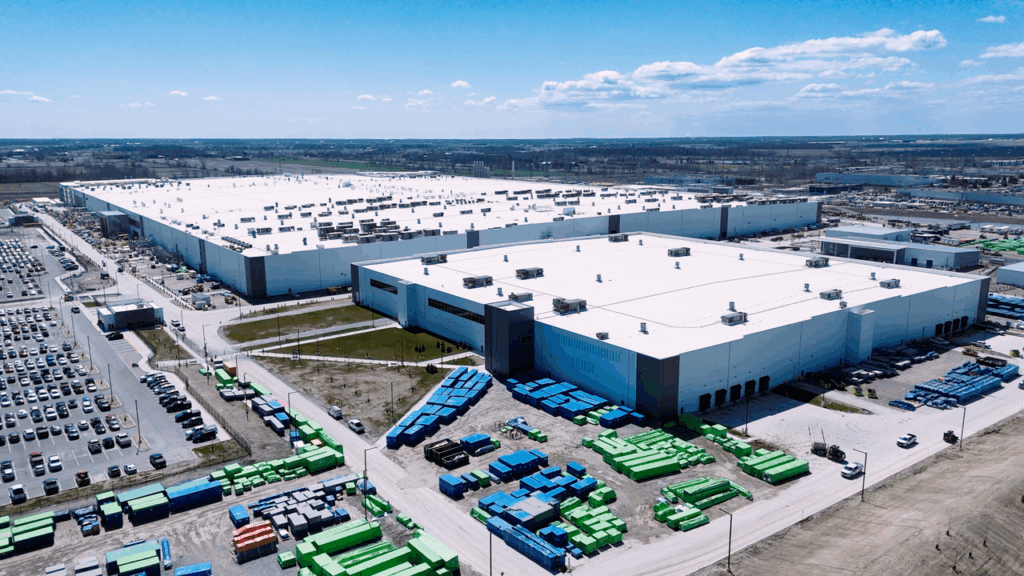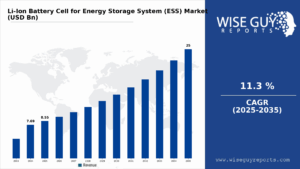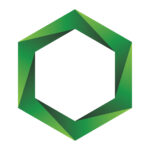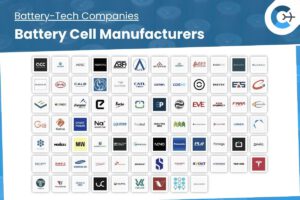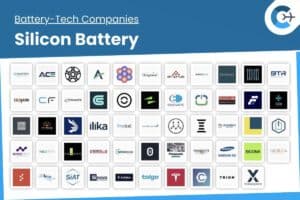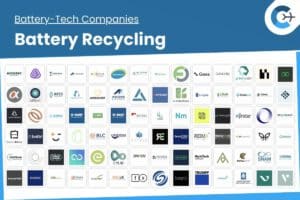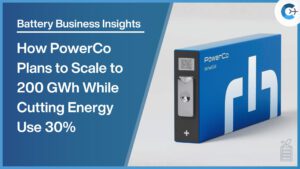NextStar Energy, the equal-share joint venture between Korea’s LG Energy Solution and Stellantis, will begin producing energy storage system (ESS) batteries later this month at its Windsor, Ontario, facility. The shift expands the plant’s output beyond electric vehicle (EV) batteries amid a broader slowdown in EV rollout by Stellantis in North America.
Initially designed to manufacture nickel-cobalt-manganese (NCM) batteries for Stellantis EV models, the Windsor plant will now dedicate a portion of its 49.5-gigawatt-hour annual capacity to lithium iron phosphate (LFP) cells tailored for energy storage applications. While exact production volumes for the LFP line have not been disclosed, the move underscores NextStar Energy’s effort to balance market demand across both mobility and stationary storage segments.
“NextStar Energy’s expansion into energy storage reflects the company’s flexibility and commitment to sustainable innovation,” said Lee Hoon-seong, CEO of the joint venture. Despite the addition of ESS production, the facility will maintain its NCM battery lines for EVs, following a dual-track strategy to serve automotive and grid-scale customers alike.
The Windsor site marks LG Energy Solution’s second LFP production hub in North America, following the launch of ESS output at its Michigan plant in June. The company aims to grow its regional ESS capacity to over 30 GWh by the end of 2026, responding to surging interest in stationary storage solutions across the continent.
On a global scale, LG Energy Solution reported its ESS backlog rose from 50 GWh to 120 GWh during the third quarter. Over the same period, the company’s quarterly operating profit increased by 22.2 percent to 492.2 billion won (approximately $342 million), reflecting strong demand and continued operational efficiency.
Source: The Korea Herald

